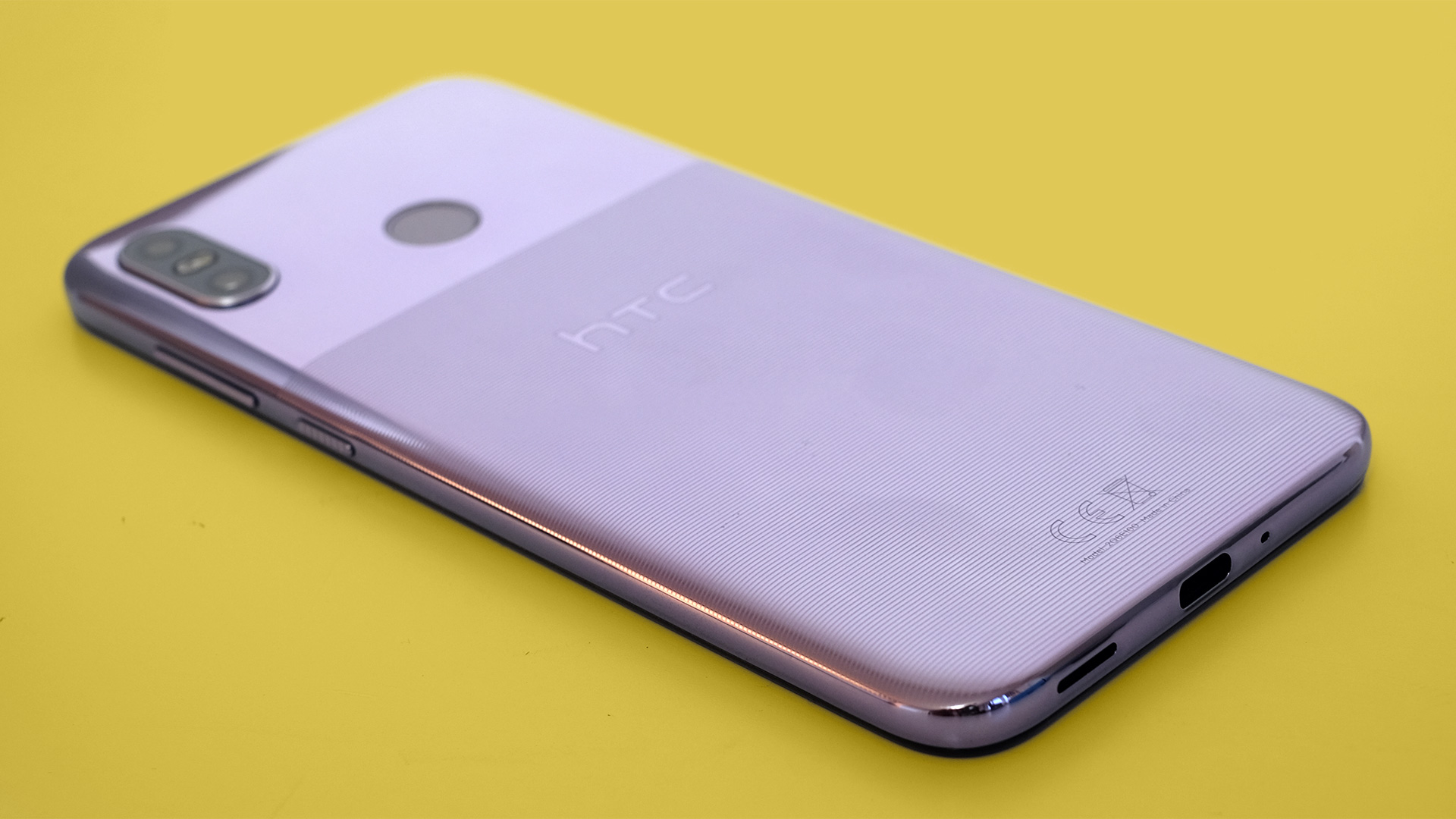Why you can trust TechRadar
Software
- Sense UI with Android 8.1
- BlinkFeed still a key feature
- Slightly slower than average app loads
The HTC U12 Life runs Android 8.1 and has HTC's custom Sense interface on top. BlinkFeed is still its main feature.
This is a customizable feed that sits alongside your home screens. Most manufacturers have moved away from this style of feed, and HTC doesn't do itself any favors with this BlinkFeed incarnation.
It's populated partially by ads and doesn't even have a proper newsfeed element any more. For years BlinkFeed was primarily powered by News Republic, which turned the feed into a kind of digital magazine. You could choose the included topical themes, and specific websites.

Nowadays you can add social networks, but the focus is more on location-based suggestions and promotions for HTC services. You can remove BlinkFeed, though, so it's no real reason to reject the HTC U12 Life.
Elsewhere, Sense is a perfectly solid interface. It's not as clean as Android One, used in the Nokia 7.1 and Motorola One, but there's a Themes tool that offers substantial customization.
This lets you change icons, wallpapers, sounds and widgets. However, many of them will degrade the look of the software so make sure you choose carefully.
The Themes app is one of HTC's main additions. When you first set up the phone, you're given the option to install all sorts of third-party extras, but HTC itself doesn't add too much.
Sign up for breaking news, reviews, opinion, top tech deals, and more.

There's a sound recorder, weather app, flashlight and phone manager, but nothing ambitious. Or too annoying.
The HTC U12 Life is not the fastest performer in its class, though. While there's no obvious lag when simply using the phone day-to-day, when compared side-by-side with the Motorola One, the HTC does seem to take slightly longer to open apps.
This gives the phone an ever-so-slightly languid feel. Note the 'slight': this is far from a performance disaster.
Movies and games
- A big screen is good for games and video
- Passable stereo-style speakers
- Solid, not class-leading, gaming performance
The HTC U12 Life is a good phone for video and games, for several reasons. First, its effective display area is bigger than the Nokia 7.1's and Motorola One's. Slightly punchier color would be welcome, but the combo of sharpness and a large display are the main takeaways.
This phone also has more than one audio driver. There's a speaker on the bottom, and the earpiece on the front puts out sound too.
You don't get a perfect stereo image as most of the sound comes from the HTC U12 Life's bottom edge. However, it is still far better than a single driver.
Sound quality is okay. Top volume is fine and clarity is decent, but there's virtually no bass.
Like almost all phones at the price, the HTC U12 Life can play most demanding 3D games very well. Only titles that feature armies of 3D objects and those with highly customizable graphics show its limits.
Asphalt 8 runs very well at either Medium or High graphics, for example, but Ark: Survival Evolved really starts to chug when you move above Medium visuals. PUBG also only lets you play at Low graphics, which is disappointing.
The same is true of some other phones at the price, apart from the Honor Play. This gamer-focused model has the same Kirin 970 chipset used in the Huawei P20 Pro, one of the best and (at launch) most expensive phones of 2018. It's the outlier for gaming at a mid-level price.

Performance and benchmarks
- Performance meets expectations for 2018 phones
- Recent chipset
A Qualcomm Snapdragon 636 powers the HTC U12 Life. This is an octa-core processor with 1.8GHz Kryo 260 cores and an Adreno 509 graphics chipset.
The Nokia 7.1 and BlackBerry Key2 LE use the same CPU.
In Geekbench 4 the HTC U12 Life scores 4,945 points. This is only around 10% higher than the Motorola One and its older Snapdragon 625 chipset. The U12 Life has the performance now expected at the price, if not much more.
There are other improvements in the newer 636, of course, like support for higher-res camera sensors, QuickCharge 4.0 and a new ISP, which processes the camera images. However, there's not a significant performance boost in the move from Cortex-A53 cores to Kryo 260 ones.
Current page: Anything else I should know?
Prev Page Battery life and camera Next Page Verdict and competition
Andrew is a freelance journalist and has been writing and editing for some of the UK's top tech and lifestyle publications including TrustedReviews, Stuff, T3, TechRadar, Lifehacker and others.
